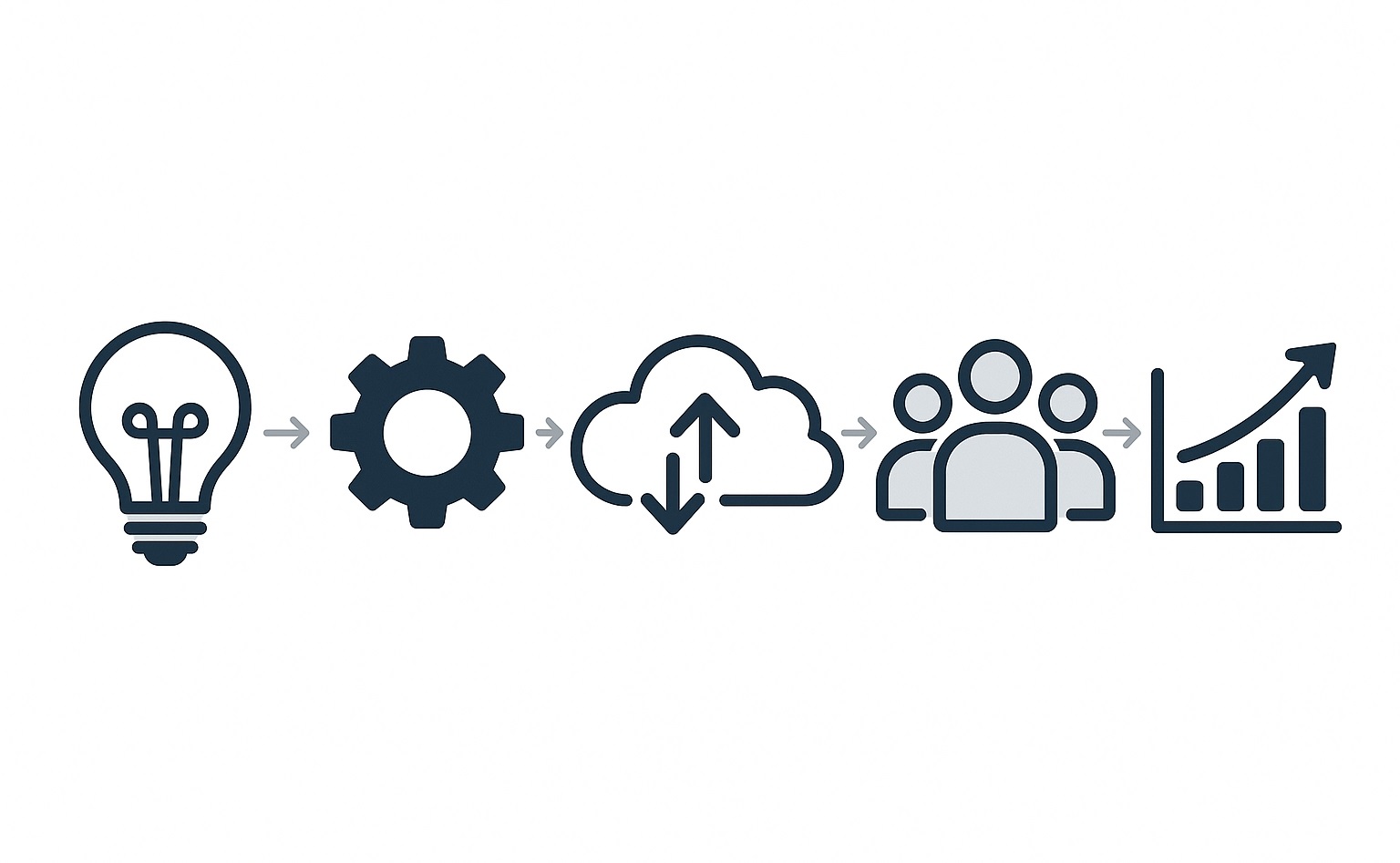Inventory management has always been a delicate balancing act, too much inventory ties up capital and warehouse space, while too little leads to stockouts and lost sales. Predictive analytics is transforming this traditional challenge by leveraging data science to forecast demand with unprecedented accuracy.
Predictive Analytics Impact
How Predictive Analytics Transforms Inventory Management
Advanced Demand Forecasting
Advanced algorithms analyze historical sales data, market trends, and external factors to predict future demand with remarkable accuracy.
- Pattern recognition: Identifying seasonal trends and cyclical patterns
- External variable integration: Incorporating weather, economic indicators, and events
- Machine learning models: Self-improving algorithms that become more accurate over time
- Granular predictions: Forecasting at the SKU, store, and daily levels
Stockout Prevention
Predictive systems can identify potential stockout situations before they occur, allowing proactive intervention.
- Early warning systems: Alerts when inventory is projected to fall below thresholds
- Automated reordering: Systems that trigger purchase orders based on predictions
- Supplier lead time analysis: Accounting for variable delivery timeframes
- Alternative sourcing recommendations: Suggesting backup suppliers when needed
Dynamic Safety Stock Optimization
Rather than using fixed safety stock levels, predictive analytics enables dynamic adjustments based on risk factors.
- Risk-based calculations: Varying safety stock based on forecast reliability
- Supplier performance integration: Adjusting for historical delivery reliability
- Product importance weighting: Higher safety stock for critical items
- Continuous recalibration: Regular updates based on changing conditions
Multi-Location Inventory Optimization
Predictive models determine not just how much inventory to hold, but where to position it across distribution networks.
- Network modeling: Optimizing inventory across multiple locations
- Fulfillment strategy: Balancing centralized and distributed inventory
- Regional demand patterns: Positioning inventory closer to anticipated demand
- Transportation cost integration: Balancing inventory and shipping costs
Product Lifecycle Management
Predictive analytics helps manage inventory through different stages of a product's lifecycle.
- New product introduction: Forecasting demand without historical data
- End-of-life planning: Managing inventory drawdown for discontinued items
- Substitution analysis: Predicting impact when products are replaced
- Cannibalization effects: Understanding how new products affect existing ones
Case Study: Retail Chain Transformation
Implementation Success
A mid-sized retail chain with 50 locations implemented predictive analytics for inventory management:
- Deployed machine learning algorithms to analyze 3 years of sales data
- Integrated external factors including local events, weather, and economic indicators
- Implemented dynamic safety stock calculations based on forecast accuracy
- Created automated early warning systems for potential stockouts
Results: 28% reduction in inventory holding costs, 35% decrease in stockouts, and 22% improvement in inventory turnover within 12 months.
Implementation Challenges and Solutions
While the benefits are substantial, implementing predictive analytics for inventory management comes with challenges:
- Data quality issues: Implement data cleansing and validation processes
- Integration with legacy systems: Use middleware solutions to connect systems
- Change management: Invest in training and gradual implementation
- Algorithm transparency: Ensure predictions can be explained to stakeholders
- Initial cost concerns: Start with high-value products to demonstrate ROI
Getting Started with Predictive Inventory Analytics
For businesses looking to implement predictive analytics in their inventory management:
- Assess your current data collection and quality
- Identify high-value inventory categories for initial implementation
- Consider cloud-based solutions that offer faster deployment
- Start with basic forecasting before moving to more complex models
- Establish clear metrics to measure success and ROI
Ready to transform your inventory management with predictive analytics? Contact our data experts today




